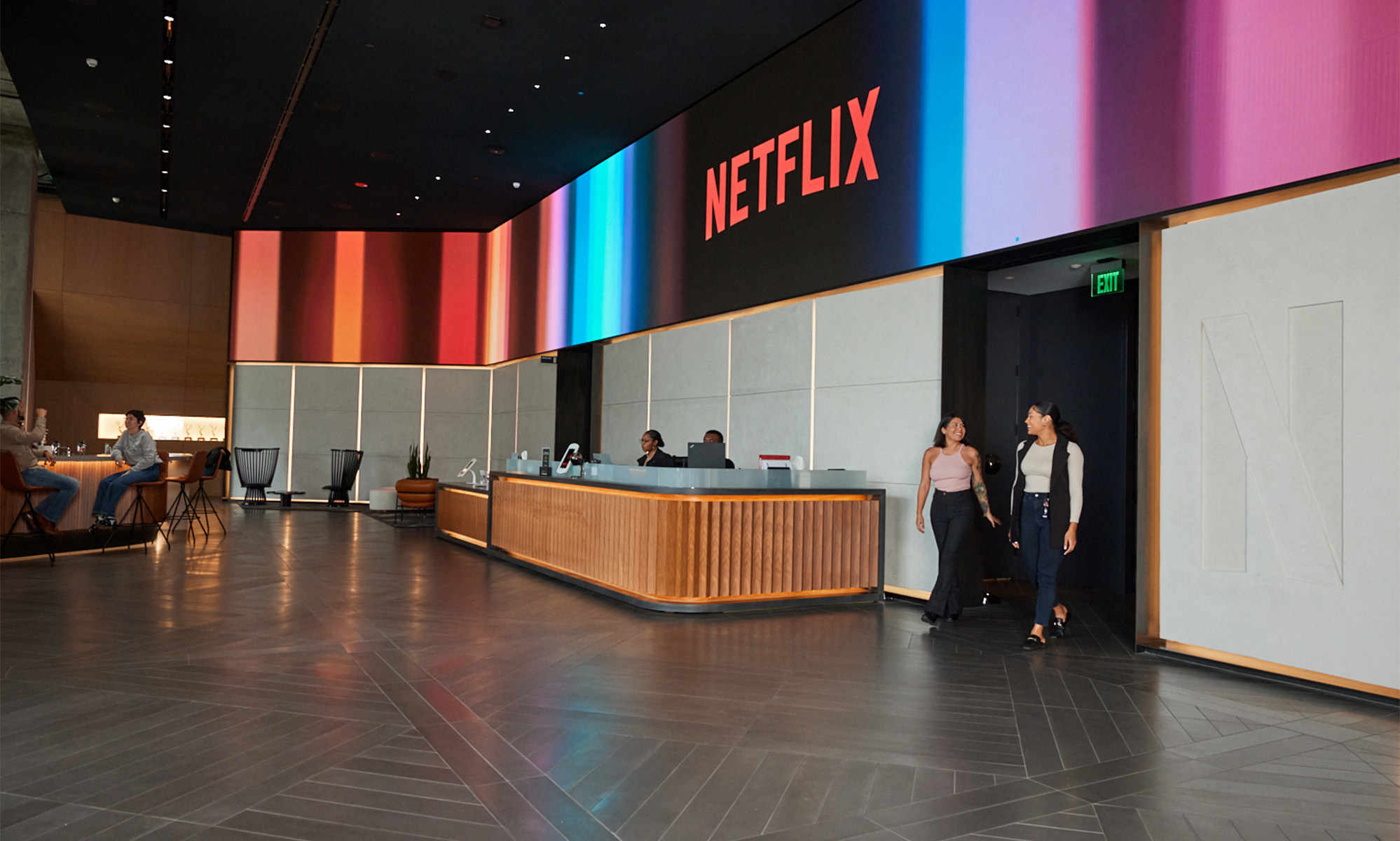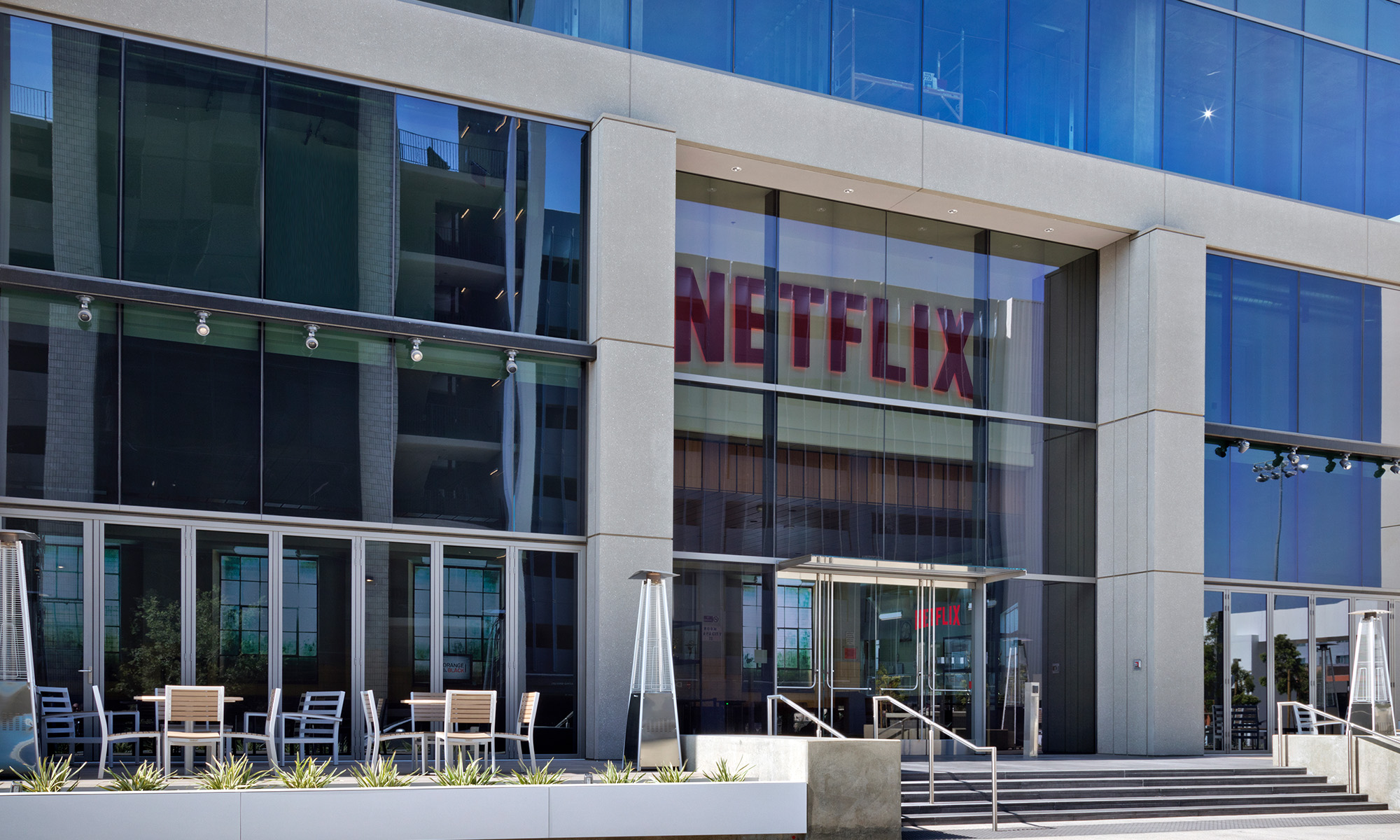Streaming pioneer Netflix (NFLX +0.93%) found itself back in investors' good graces when the company reported its third-quarter results on Oct. 16. After acquiring more than one million fewer subscribers than it guided for in the second quarter, the company more than made up for that miss: It added seven million customers in the third quarter -- two million more than it forecast. This led to revenue of $4 billion, up 34% year over year, while earnings per share of $0.89 easily eclipsed the $0.68 expected.
There were a number of gems hidden among the financial metrics that may be of interest to shareholders, as they shed light on how Netflix views the world and the future of its business. Let's take a look.

Image source: Netflix.
Cash burn may be slowing
One of the biggest concerns cited by Netflix bears is the mounting debt and ongoing cash burn the company uses to finance its growing library of original content. Netflix revealed last year that it planned to spend up to $8 billion this year on content. As a result, the company was anticipating free cash flow (FCF) in a range of negative $3 billion to $4 billion for 2018. It has also long said it expects to remain FCF negative "for many years."
In its third-quarter shareholder letter, Netflix said (emphasis mine), "We anticipate that FCF will be closer to -$3 billion than to -$4 billion for the full-year 2018 ... We currently see next year's negative FCF as roughly flat with this year."
This is surprising, as many have expected the cash burn to continue to grow. While we will have to wait until next year to know for sure, this seems to support a key component of Netflix's forward-looking strategy: "We are increasing operating margins and expect that in the future, a combination of rising operating profits and slowing growth in original content spend will turn our business FCF positive." Slowing the cash burn is a step in the right direction.
Freeloaders are throwing off the guidance
Netflix tells investors nearly every quarter: "The guidance we provide is our internal forecast at the time we report." While the company has a stellar track record of under-promising and over-delivering, when it misses a forecast -- like it did in the second quarter -- it can miss spectacularly.
The company has identified one of the factors that tends to skew its forecasts: free trials. As an example, Netflix wrote, last quarter, paid net subscriber additions were off by only 11%, compared to a 17% variance for total net adds (which includes free trials). Beginning in Jan. 2019, the company will only provide guidance for paid memberships and will no longer provide quarterly updates on total net adds beginning in 2020. Netflix believes this move will help provide more accurate forecasts in the future.
Netflix sees a future for linear TV -- in New Fox
Netflix has long said that the broadcast television landscape will continue to change as more consumers adopt streaming. Within linear TV, Netflix identified a company "that appears to have a great strategy" -- the new Fox. This is the legacy company that will own the Fox broadcast channel, Fox News, Fox Business, and Fox Sports -- all that remains after the closing of the merger between Twenty-First Century Fox and Disney.
This new Fox entity is focusing on "large simultaneous-viewing sports and news" areas that don't present a compelling opportunity for the streaming giant. Netflix said sports and news "are more resistant to the rise of the internet" and that "other linear networks are likely to follow this model over time."
Closing thoughts
None of these revelations is earth-shattering, but each provides insight into how Netflix views the future. By adding seven million subscribers this quarter compared to a forecast of just five million, Netflix has gone a long way toward convincing investors that the company is on the right track, and that its strategy will ultimately prevail. It also helps bolster the notion that the company's view of the future is accurate -- and investors stand to benefit.






